Eixample is one of Barcelona’s most characteristic and recognisable districts. Its straight streets and wide avenues are an obvious testimony of urban planning with a keen eye for the future.
The Cerdà Plan – or in Spanish Plan Cerdà – was definitely a milestone in the history of Barcelona’s urban planning, and it was made up of an impressive network of streets. In today’s article ShBarcelona will tell you all about Plan Cerdà and Barcelona’s urban planning history.
Table of Contents
The historic context of Eixample
In order to understand the importance of Plan Cerdà and the history of Eixample, one must dive into the historic context of a Barcelona in the 19th century. Half way through the century, the city expanded extensively due to industrialisation and economic growth.
The narrow and medieval streets of the Gothic Quarter were not prepared to accommodate a rapidly growing population, and this automatically led to to a call for new urban planning. This is where Ildefons Cerdà comes into the picture.
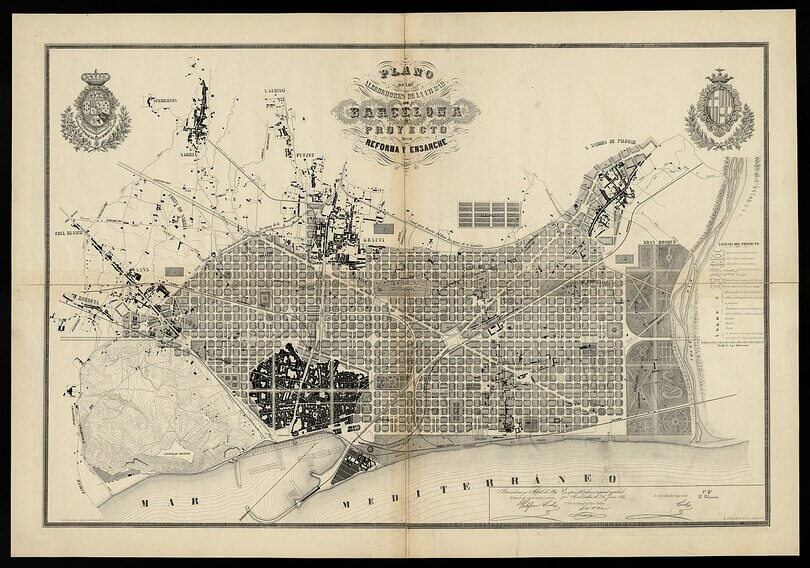


Plan Cerdà of Eixample in Barcelona
Ildefons Cerdà: a visionary architect
As we already mentioned before, this is the moment in time where Ildefons Cerdà writes history. He is an engineer and Catalan architect with a revolutionary vision for Barcelona’s urban development. Ildefons Cerdà comes up with a clever and unique plan to make sure the city will be able to expand, all the while disregarding traditional planning principles.
His objective was to design an innovative and functional urban space that would focus on the needs of its inhabitants and improve overall quality of life. All this would be made possible without denying the economic growth status of the city of Barcelona of that time.
The start of Plan Cerdà
Plan Cerdà was based on two fundamental pillars, and this is how the architect envisioned it:
- A network of straight, wide avenues that directly connect the different districts in the city.
- Octagonal blocks that allow for better circulation and use of its interior space.
The project would include a central square with landscaping for each block, and it would provide its residents with green zones and leisure spaces, both in the streets and in the block itself.
Zonification and mixed use
Plan Cerdà’s concept of zoning was also introduced into Barcelona’s urban planning. Ildefons Cerdà suggested dividing the area in zones, by separating residential areas from those with industrial and commercial purposes. This type of zoning resulted in a better organisation of the city, and it avoided certain problems that would normally be caused by mixing different activities in a certain zone.
Plan Cerdà, however, also strived to implement residential blocks with mixed use to encourage diversity and vitality within each urban area. It meant that blocks would not only be destined for housing, but would also include small shops, schools and local services.
The combination of functions had a unique effect on the community, making it a lively urban environment that allowed for social interaction between its residents.
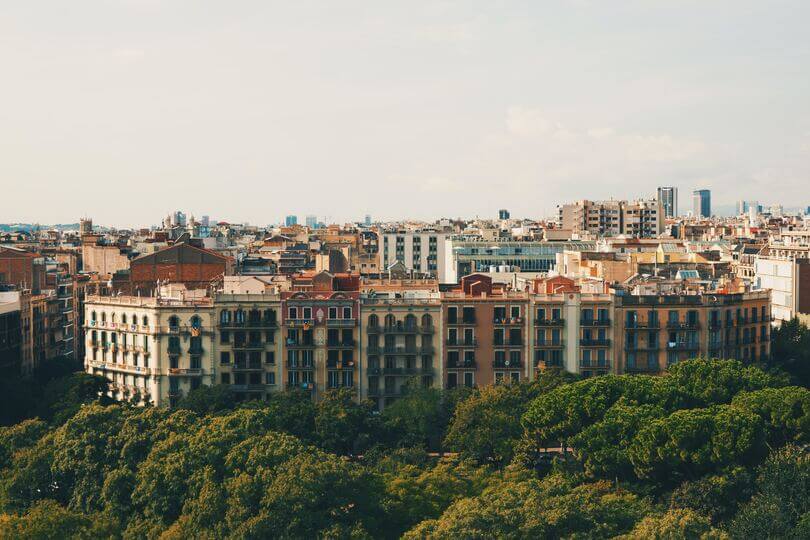


Areas and green zones of Barcelona – Photo via Unsplash
Implementation and legacy of Plan Cerdà
Ildefons Cerdà’s urban plan was gradually implemented from the 1860s and onwards. They started executing his plan in the centre of the city and expanded outwards. It transformed the urban landscape completely. In the last few decades, several modernist buildings have been constructed in the streets of Eixample, giving Barcelona its unique architectural identity.
One cannot deny the legacy of Plan Cerdà. The way Eixample was designed has helped define the city of Barcelona itself as a modern, elegant and innovative city.
Related article: Discover the district of Eixample
Today’s Eixample in Barcelona
Nowadays Eixample is still one of Barcelona’s most appealing districts. The streets of Eixample are filled with energy and life, caused by the presence of a variety of shops, restaurants, cafés and entertainment options. Eixample, in addition, is home to many of the city’s main tourist sights, like the Sagrada Familia, Casa Batlló and Casa Milà.
In order to preserve Eixample’s character, efforts to help balance urban development have been underway, and of course these support Cerdà’s legacy. Key focus points are affordable housing and architectural heritage protection. Every action should improve the district’s quality of life and contribute to urban sustainability.
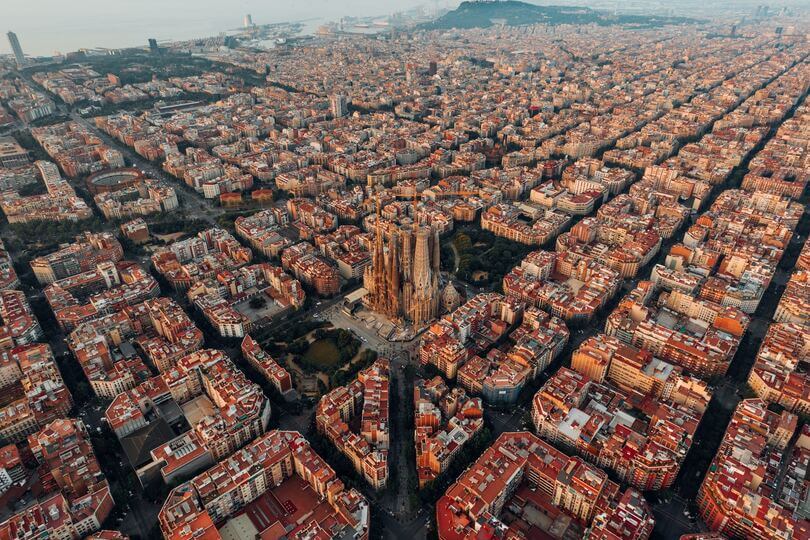


Urban Plan of Barcelona – Photo via Unsplash
Plan Cerdà and the way Eixample was designed are a clear representation of Barcelona’s urban planning history. What was once a bold project, with its wide avenues, octagonal blocks and areas of mixed use, has now left a lasting impact on the city.
The unique charm and cultural and architectural wealth of Barcelona’s Eixample has resulted in it being a vibrant and essential part of the city, attracting both residents and visitors from all over the world.









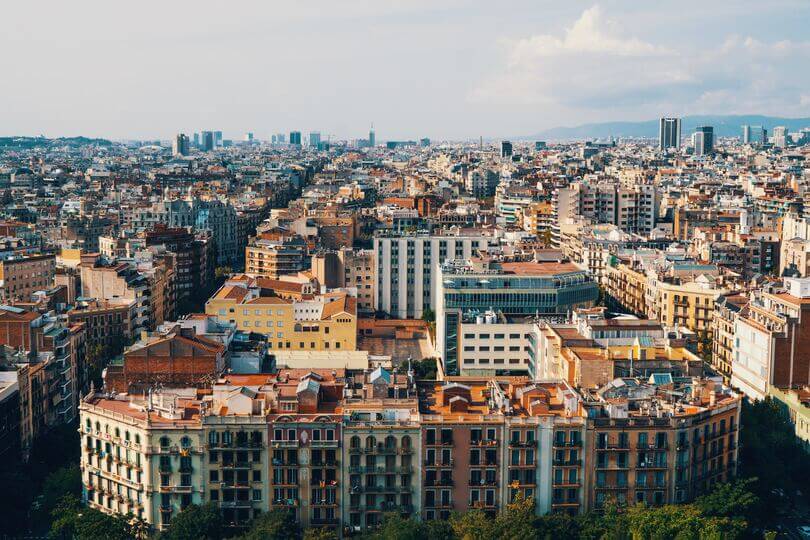






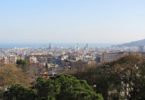





Leave a Comment